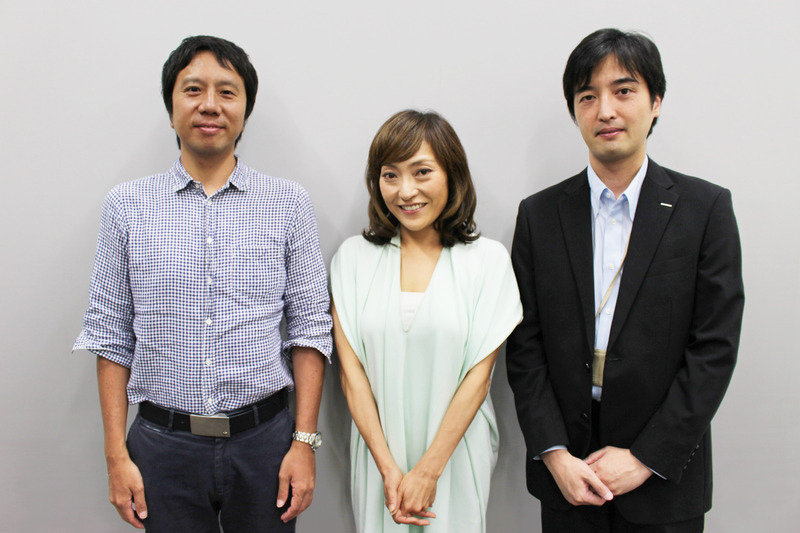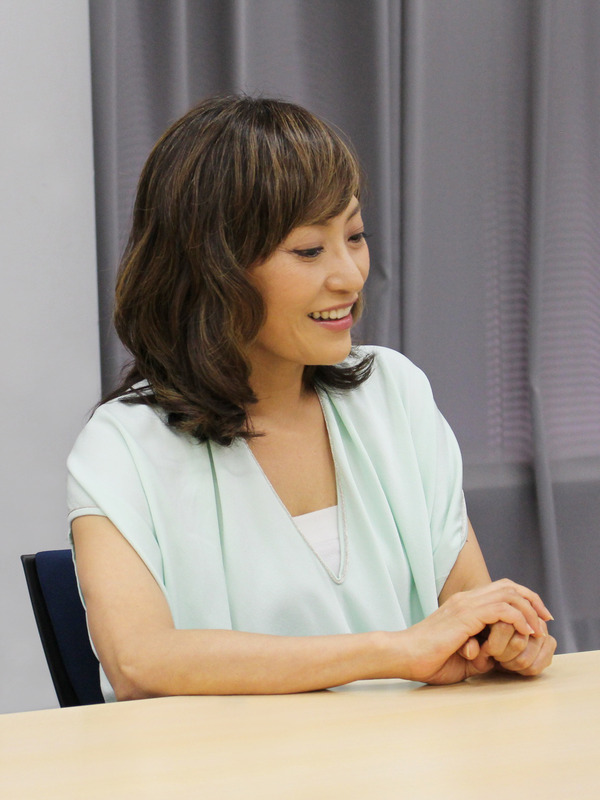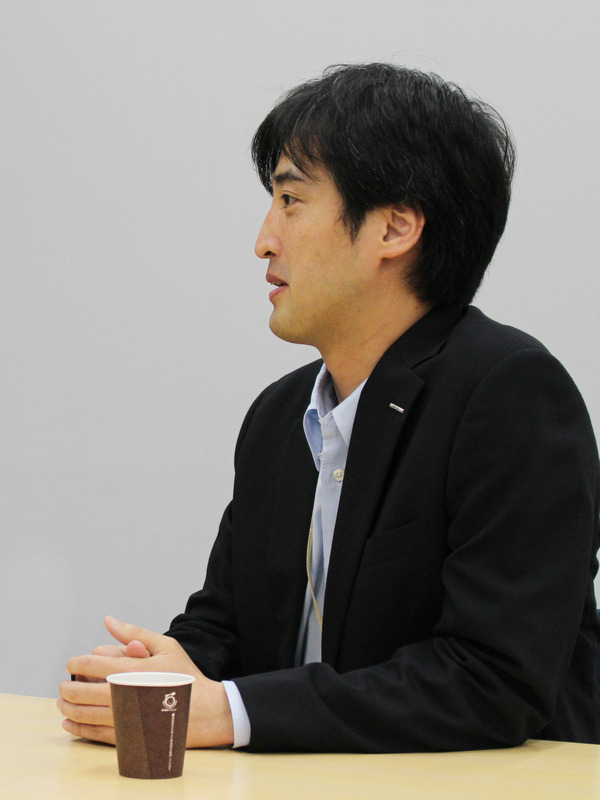
This time's guest is Ms. Fumie Otowa, an active physician and author. A passionate dog lover who also participates in guide dog fundraising activities, Ms. Otowa discussed the potential for a society where humans and pets coexist from the perspectives of a pet owner and a physician. She spoke with Mr. Kotaro Osaki and Mr. Michio Endo, members of the Think Pet Project.

Dogs are animals that adapt to society
Osaki: Ms. Otawa, you have two dogs, right? Could you tell us how you met the dogs you have now?
Ootawa: The first one was exactly ten years ago. On the night my father was diagnosed with cancer, my husband took me for a walk to cheer me up. We happened to pass a pet shop and looked inside, where I locked eyes with a dog with thick eyebrows that somehow reminded me of my father. I instantly felt, "I want to adopt this one!" But I knew I shouldn't decide impulsively. So, my husband and I went to a nearby cafe. We agreed, "If we still feel the same after two hours, we'll adopt it" (laughs).
| |
 |
Osaki: I see, and after two hours, you decided to get him (laughs). Had you ever owned a dog before?
Ōtawa: My family had a dog since I was little, but after we got married, we both thought we couldn't have one because our jobs were so busy.
Endo: I've had a dog for five years now, and my story is exactly the same as Ootawa-san's. I'd never really considered getting a pet before, but I happened to stop by a pet shop while out walking, met the dog there, and immediately discussed it with my wife at a cafe... (laughs).
Ootawa: That's just fate, you know. The same thing happened with our second dog. Last December, my husband came back from jogging and said, "I saw a dog on sale at the pet shop." I objected, thinking we couldn't possibly have two dogs. But when we went to see it later, it was on a Christmas special. Then, after New Year's, we went back because we couldn't stop thinking about it, and it was on a New Year's sale, even cheaper... (laughs). We couldn't bear to see it like that, so we decided to take it home.
Osaki: Didn't you feel anxious about getting a second dog when you already had one you'd had for nearly ten years?
Ōtawa: I was definitely worried about whether the dogs would get along, so I consulted a dog trainer beforehand for advice. At first, there was a bit of resistance, but now they're completely inseparable.
Endo: I have a one-year-old child. When the baby was born, the dog seemed to think its owner was being taken away, and it showed open hostility toward the child... But as it gradually got used to the situation, it seemed to develop a sense of wanting to live together, and now they get along just fine.
Ootawa: I guess I was also taken care of by dogs a lot when I was little (laughs). Dogs are creatures that try to fit into society, so they find their own way to coexist. Of course, it's also important for owners to train them properly so they can live together.
Keeping pets is part of life
Osaki: When considering this theme of "humans and pets coexisting," training is a crucial topic, right? Ootawa, what kind of training did you receive?
 |
|
Ootawa: I attended a training class at an animal hospital. Though it's called a training class, it wasn't a place to train pets; it was a place to teach owners how to train. I learned various communication methods: how to give signals, the timing for praise, voice tone, facial expressions, and more. My husband studied hard too. I could even hear him practicing his "Good boy, good boy~" from the bathroom (laughs).
Osaki: That's wonderful awareness (laughs). At the Design with Pet Project, there's also the opinion that improving "owner training awareness," not just pet training, is a crucial point the industry should support. It would be great if more facilities and services supporting this became widespread and recognized.
Ōtawa: Exactly. Dogs are intelligent animals; the more you teach them, the more they can learn. If each owner's awareness increases, I believe more places where pets can be socially accepted will emerge. Recently, when I traveled to Paris, I observed how things are with dogs in France. I noticed a lot of dogs walking off-leash, and there were hardly any places where dogs weren't allowed. That just shows how well-trained they are. In fact, even in cafes and restaurants, they stay calm beside their owners and don't beg for food. What surprised me was seeing dogs on the subway during rush hour. They were commuting with their owners! (laughs)
| |
 |
Endo: I suppose the environment is more accepting of pets. Cultural and historical differences mean we can't simply say one approach is better than the other, but when it comes to training, they're definitely more advanced than Japan.
Ōtawa: I felt pets are deeply rooted in people's lives. For example, Paris has this image of being a stylish city, so I imagined the dogs would be dressed up fashionably too. But actually, very few dogs wore clothes or collars, and they often looked a bit scruffier than Japanese dogs. Maybe they just don't have the mindset of dressing up their pets. Of course, dressing them up as an expression of affection is lovely, and I think the excellent fashion sense of Japanese pet goods is wonderful. But when you get a pet, it's important to start by thinking "What should I teach them?" or "How can we understand each other?" rather than "What should I dress them in?"
(Continued)
※The second part of this conversation will be updated on Wednesday, September 10th.








